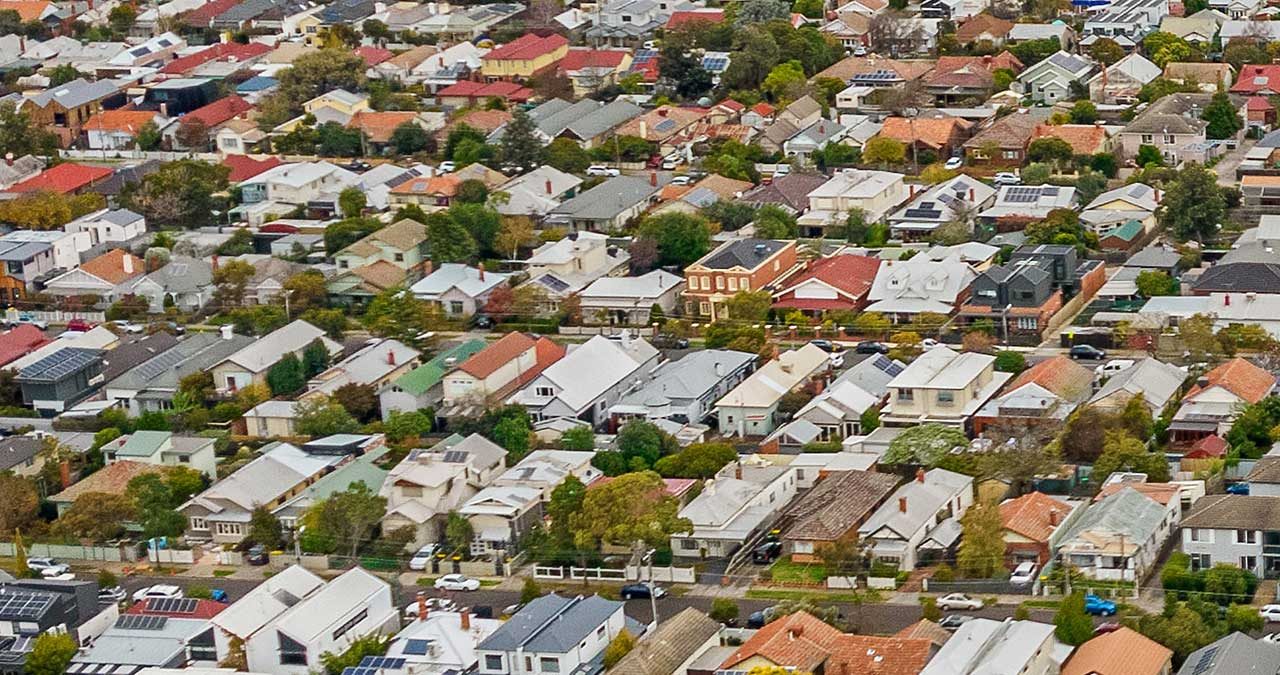This article is from the Australian Property Journal archive
AFTER the strains of its long lockdowns on the state’s economy, Victoria now has the highest arrears in the country, taking over from long-term title holder, Western Australia.
According to Standard & Poor’s Global Ratings’ Q3 market overview, Victoria now holds the top spot for arrears, with investor arrears outpacing owner-occupiers after the RBA began its rate hiking cycle.
This as owner-occupier arrears in Victoria have stabilised over recent months, while investor arrears have continued to mount. With Victorian investors facing higher property taxes that strain debt serviceability.
Investors are of course far quicker to sell off a property where they cannot service a loan, with the stakes being lower and it not being their primary place of residence.
While Victoria has taken first place for arrears, the state saw its median property prices tumble below Brisbane’s earlier in the year.
With September’s Standard & Poor’s Performance Index (SPIN) placing Victoria at 1.07%, NT at 1.05%, NSW at 1.00%, WA at 0.91%, SA at 0.70%, ACT at 0.60% and Tasmania at 0.50%.
Speaking nationally, arrears are still relatively low thanks to supports such as low unemployment rates, refinancing, ongoing savings buffers and mortgage repayments typically being the one of the last things to go for households under financial strain.
Over Q3, prime RMBS were at 0.90% dropping from 0.95% in the second quarter, with stabilisation largely attributed to the pause in interest rate hikes from the RBA.
Nonconforming arrears were also down over the quarter, from 4.04% in Q2 to 4.01% in Q3. This category is currently varied by transaction with strong property prices allowing mortgage holders a way out of this higher stress.
Nationally, investor arrears were lower than owner-occupier arrears in Q3, at 0.71% and 1.02% respectively.
Prepayment rates were up over the quarter for both prime and nonconforming transactions, with S&P forecasting prepayment rate to climb when interest rates are eventually lowered in 2025. Though some are now forecasting this may not come till Q2 at the earliest.
With prime prepayment rates up to 22.87% in Q3 from 20.99% in Q2 and nonconforming rates up to 34.58% in Q3 from 32.18% in Q2.
Over the quarter, exposure to loans with an LTV ratio above 80% is currently sitting at 6% for the prime RMBA sector and 9% for nonconforming.
Mortgage delinquencies are currently forecast for moderate rises into 2025, according to Moody’s, who also zeroed in on Melbourne as the emerging centre for home arrears.
At the same time, mortgage stress has fallen again over October. With Roy Morgan reporting a 4.1% drop to 26.2% from June to October.
Australians “at risk” of mortgage stress is still elevated however, after a 680,000 increase since the RBA began its rate hiking cycle in May 2022 to 1,487,000.
Likewise, the number of Australians considered “extremely at risk” is also well above the 10-year long-term average of 14.6%. With 928,000 or 16.7% of mortgage holders now extremely at risk.
“The figures take into account 13 rate increases which raised interest rates by a total of 4.25% points to 4.35%,” said Michele Levine, CEO at Roy Morgan.
“The latest ABS quarterly inflation figures for September 2024 showed annual inflation at 2.8% – down 1% point from June 2024. This is the lowest official inflation estimates since early 2021 over three years ago and the first time since the RBA began raising interest rates that inflation has dropped into the RBA’s preferred target range of 2-3%.”
If the RBA does move to drop interest rates by 0.25% to 4.10% as soon as its December meeting, the number of mortgage holders at risk would drop by 12,000.
“The rapid decline in inflation over the last year has led to hope that the RBA will reduce interest rates in the months ahead. However, the RBA has stated that they are keeping an eye on so-called ‘core inflation’, also known as the ‘trimmed mean’,” added Levine.
“The latest ‘trimmed mean’ estimate for inflation for the year to September 2024 was still above the desired target range at 3.5%. Nevertheless, the decline in inflation pressures is evident and the RBA’s next move in interest rates is likely to be down.”




